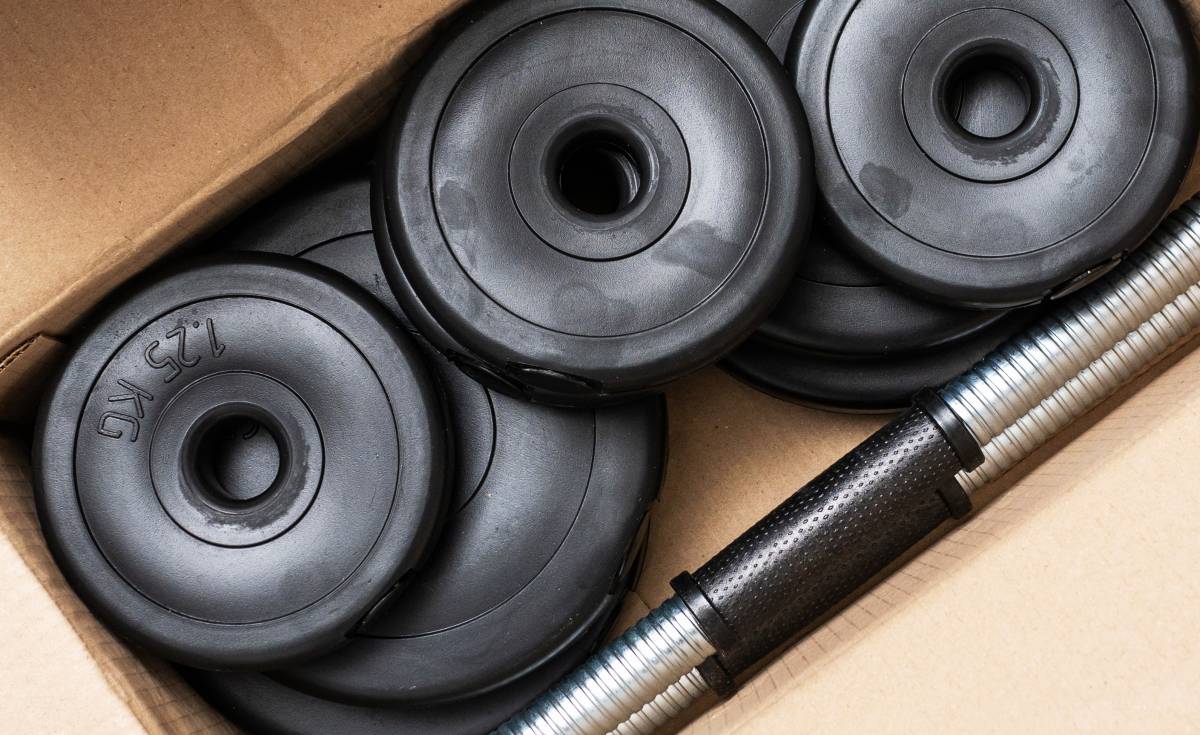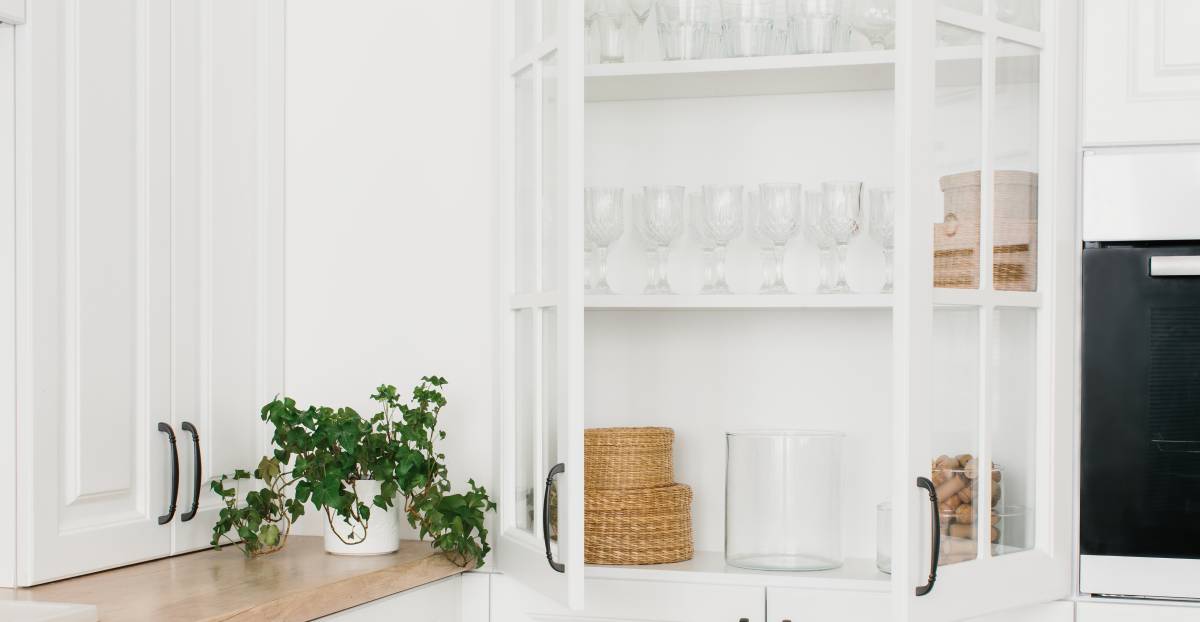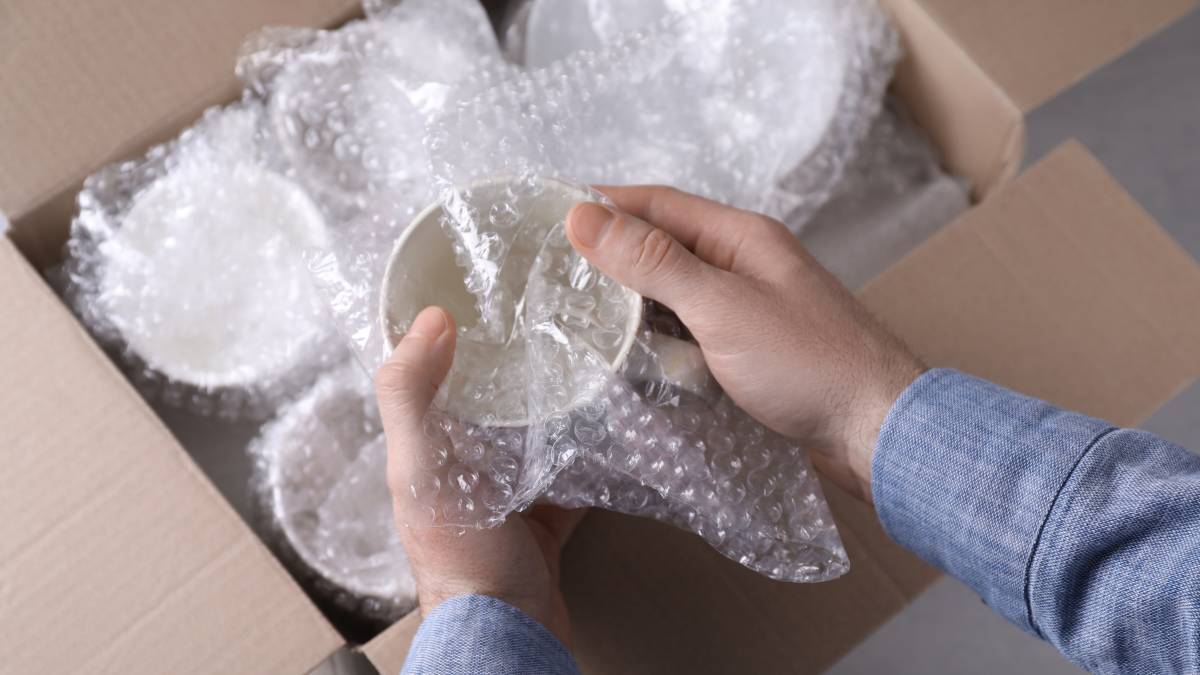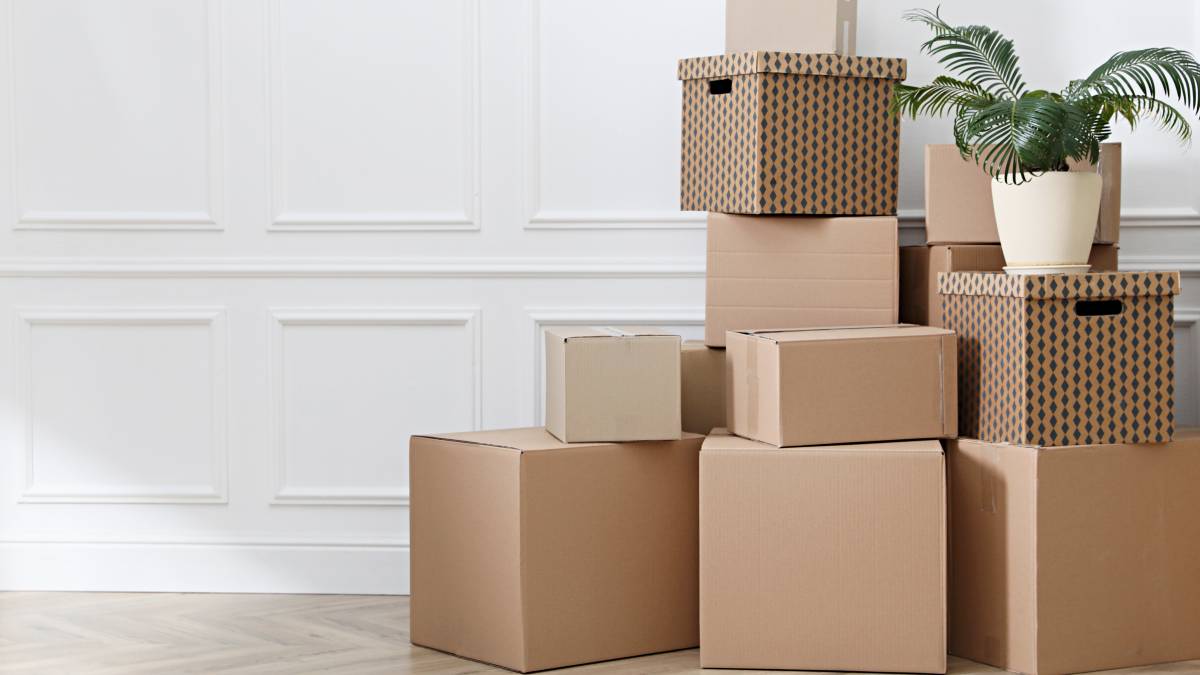- Home/
- Guides/
- Packing & Unpacking/
- How to Pack Artwork

How to pack artwork for moving
Keeping your art collection safe when relocating
Hire a packing servicePublished on
Moving to a new city or region can be extra tiring, especially if you have fragile items like fine art. Whether you’re relocating to a new flat locally or in another region, your artwork should be packed well. Shattered glass, stains, and scratches are an art collector’s worst nightmare! That said, this guide will teach you how to protect your precious pieces in transit.
What do you need to pack artwork?
When packing and handling art, you must prepare the right materials to protect your art in transit. These are the tools and supplies you’re going to need:
- Packing/artist tape
- Marker pen
- Scissors
- Wax paper
- Bubble wrap or styrofoam sheets
- Thin foam or blanket
- Crates or packing boxes for artwork
- Brown paper
- Cardboard corners
- Cling wrap
- Shredded paper or newspaper

Steps in packing artwork for moving
There are two essential steps in packing artwork – adding layers of protection and then preparing the container (cardboard box or crate). While this sounds easy, different types of artwork require specific wrapping methods. Choose the best method for your item, and don’t be afraid to add extra padding here and there. You’ll thank yourself later!
Paintings
Paintings are extra sensitive to temperature and humidity. These should be handled carefully to prevent cracking or melting. Whether it’s an acrylic or oil painting, learn how to pack it below.
- Cover it with wax paper. Put the thin foam on a clean table, then place the wax paper on top of the thin foam. This will serve as the first layer of protection for your artwork and protect it from accidentally sticking to surfaces and getting stained, smudged, or wrinkled. To do this, place your painting face down on the paper. Wrap it with utmost care and use artist tape to seal all the sides, from the long edges to the short ones. Try to avoid putting tape on the painting itself.
- Add bubble wrap. Gently cover the artwork with the flat bubble wrap surface, then wrap the painting twice on all sides. Remember to use the flat surface, not the bubbly one, to prevent bubble marks on the painting.
- Seal it with tape. Grab your packing tape and seal the painting, from the long edge to the short one. Create some padding on all edges to act as a cushion for the painting.
- Prepare the box. Find a cardboard box or a crate closest to the shape of your artwork. If you’re using a box, seal all the edges with packing tape to protect it from wear and tear as it gets moved around. Depending on the size of the painting, you might need to resize the box.
- Add extra padding. Cut small pieces of bubble wrap and add them as extra padding in the box on the bottom, sides, and top. Now, you can place your artwork safely inside. If your box still has some extra space, add more bubble wrap layers to your painting to prevent it from moving. If you’re low on bubble wrap, Styrofoam sheets are also an option.
- Secure the box with tape. Close the cardboard box, then seal it with packing tape. If you are packing two or more paintings, repeat the process and put cardboard between them. And you’re done!

Framed artwork
When packing framed art, there are other things to consider – glass, frames, and the art. These are the steps to protect a framed piece of art in transit:
- Start with the star. Put artist tape across the glass, creating a star-like pattern.
- Wrap it with brown paper. Place brown paper on the surface, then wrap the framed artwork face down. Fold the ends of the form and use artist tape to seal it.
- Secure the corners. Add protective cardboard corners to protect the framed art. Cardboard corners can easily be DIY-ed if you don’t have some available.
- Cover it in bubble wrap. Add a minimum of two layers of bubble wrap. Feel free to add more until it is safe and secured in the box. If you want to add another layer of protection, you can also place a cardboard sheet before or after the bubble wrap.
Sculptures and 3D art
Due to their irregular shapes and materials, sculptures and 3D pieces of art are prone to breakage during travel. Accidents can be avoided when the artwork is packed well. The best way to pack 3D artwork for moving is outlined below.
- Start with cling wrap. Cover the item with cling wrap to help secure the base. Make sure to cover every inch.
- Add bubble wrap. Wrap the item in layers of bubble wrap, adding extra padding on vulnerable areas like a branch or neck that can potentially snap. Be generous with the bubble wrap; it should resemble an egg once done. Seal the egg with packing tape to keep it in place.
- Place it in a box. Once the artwork is ready, prepare your box or crate. Fill empty spaces with bubble wrap, shredded paper, or newspaper to keep the artwork in place. Carefully place the sculpture inside, then tape all edges of the box. When packing large artwork for moving, you might need to order a custom crate and an extra hand. For smaller 3D art, simply putting it in a resealable bag is enough to keep it away from dirt.

Additional tips on how to move artwork
Before you start the big move, here are some extra tips for packing art:
- Artwork comes in different sizes. Take your time in picking the best box. Be sure to include space for bubble wrap or Styrofoam filling in your estimate.
- Wash and dry your hands well before handling artwork.
- Avoid using packing peanuts as fillers in the boxes. These can easily spill out of the box if it gets damaged accidentally.
- Mark the boxes and crates as Fragile.
- When loading your boxes in the moving truck, place them between heavy objects less likely to move around during transit.
Move your artwork safely with Airtasker
Ultimately, paintings, framed pictures, and sculptures are fragile items requiring more TLC. If you don’t like the idea of packing and transporting your art by yourself, consider seeking professional help. Whether you need to move something big or small, keep it pristine by posting a task today!
FAQs about packing artwork for moving
Due to their size, big paintings are likely to be dropped or mishandled. These must be stored in wooden crates before transporting. Ask help from professional movers when loading big artwork to prevent accidents.
If you need to transport artwork, remember that rolling and storing it in tubes can cause creases and cracked paint. Thus, carefully use quality, water-resistant packaging like bubble wrap instead to protect the artwork from damage.
Find packing and unpacking removalists, fast
Find a packing & unpacking removalist
Related articles

How to pack mirrors for moving
Read more

How to pack kitchen items for moving
Read more

How to move gym equipment safely
Read more

How to pack books for moving
Read more

How to move a shed
Read more

How to pack bedding for moving
Read more

How to move a washing machine
Read more

How to move a pool table
Read more

How to pack artwork for moving
Read more

How to move a pinball machine
Read more

How to wrap furniture for moving
Read more

What moving companies won’t move
Read more

A guide to becoming a removalist
Read more

Moving a fridge: How to do it right
Read more

Tips for moving house with kids
Read more

How to move a vending machine
Read more
Related price guides

How much does it cost to move house?
Read more

How much do removals cost?
Read more

How much does it cost to move house?
Read more

How much does piano moving cost?
Read more

How much does shed removal cost?
Read more

How much do packers cost?
Read more






































